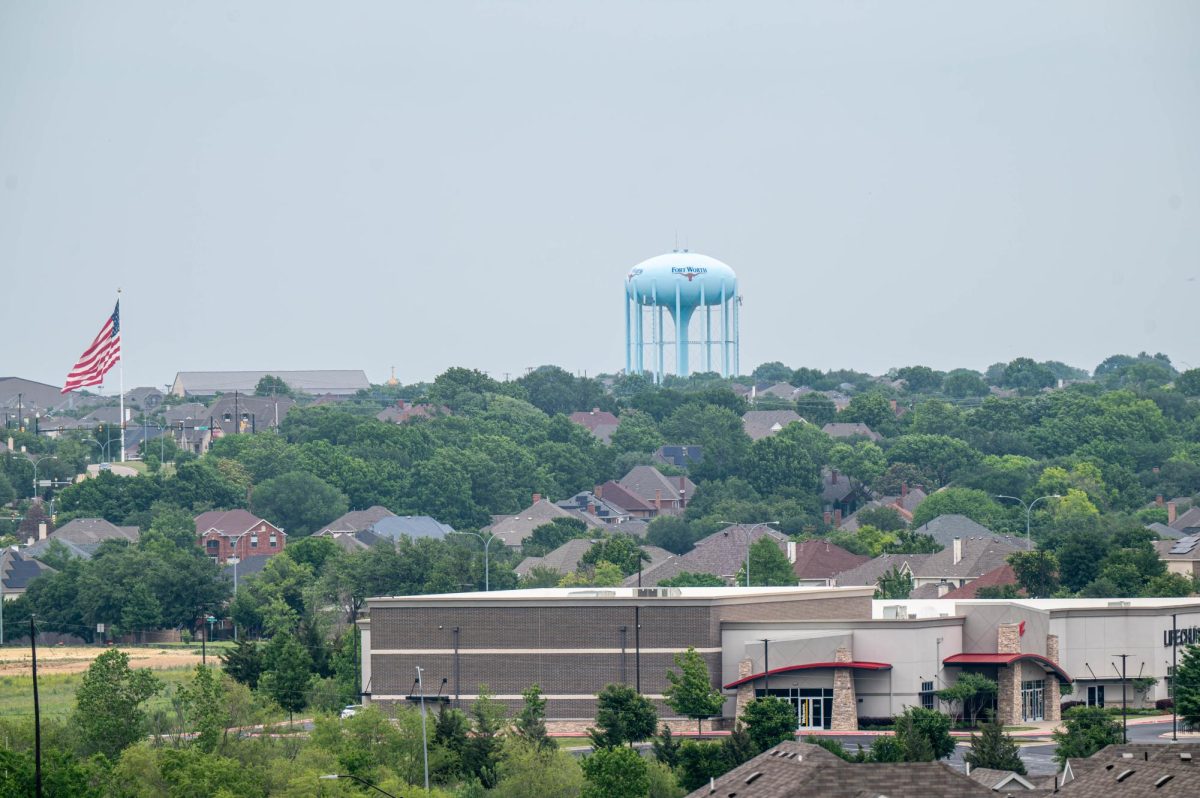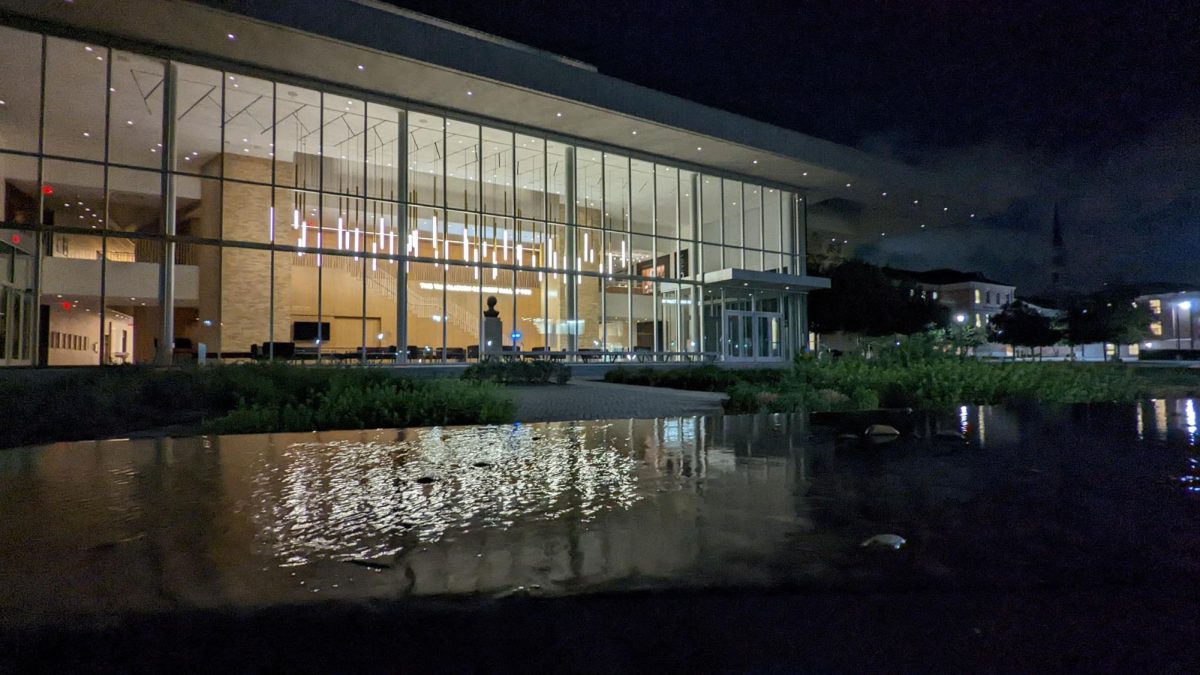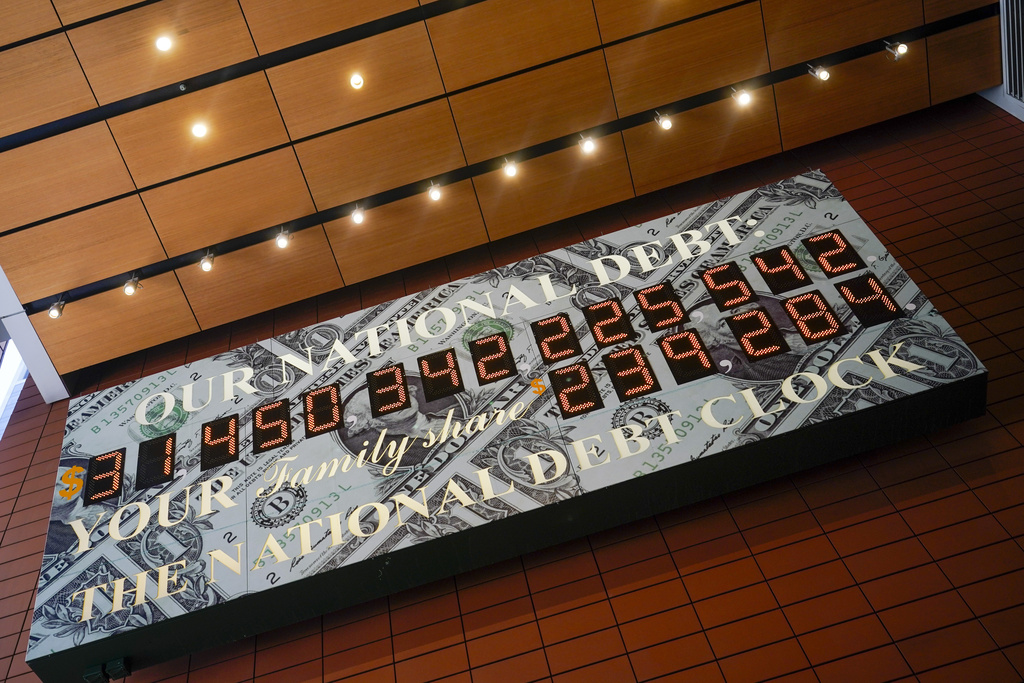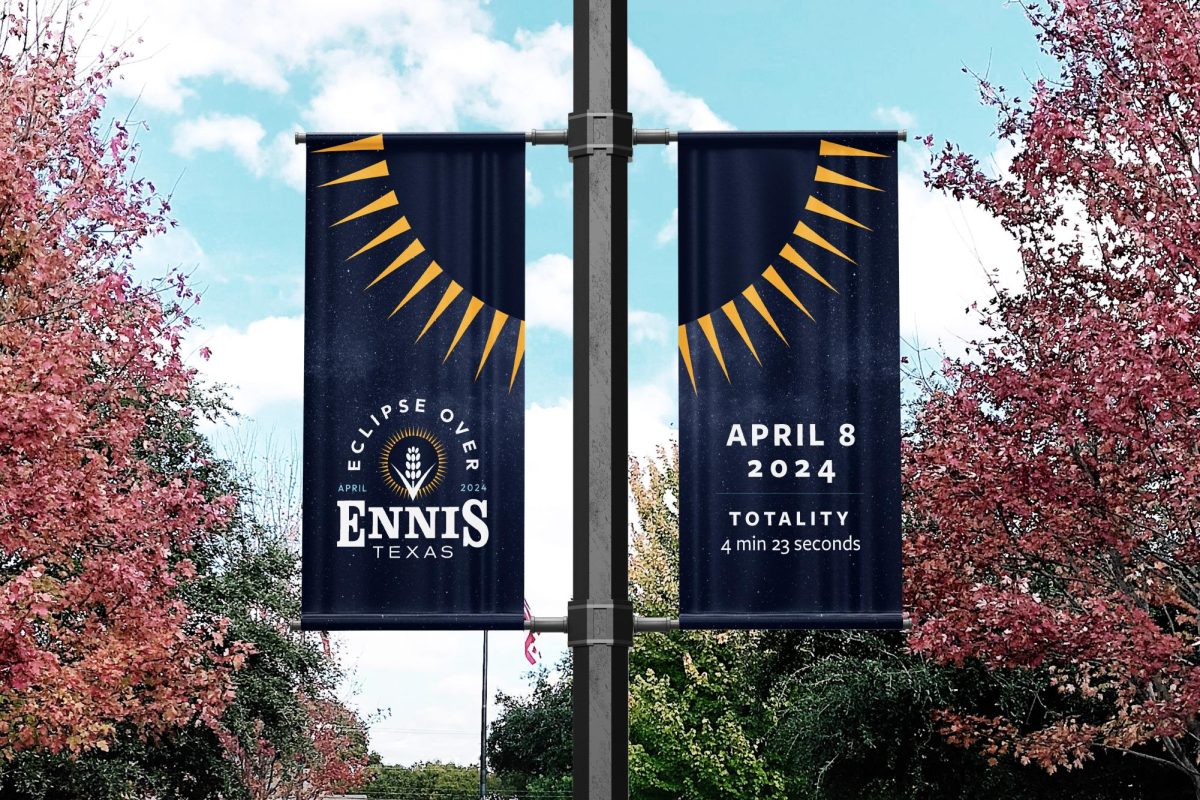When rioters flooded the streets of Ferguson, Missouri in the fall of 2014, they were met by police officers wearing military grade gear and camouflage, equipped with tear gas, flash-bang grenades, rubber bullets, accompanied by canine units and driving armored vehicles.
When school let out in the Mondawmin neighborhood in Baltimore, Maryland this April, students and others at a nearby shopping mall faced police officers, some in full body armor, wearing helmets, and carrying shields, batons and assault rifles.
In August of 2013, workers and their children at the Garden of Eden organic farm in Arlington, Texas were woken by the sounds of nearly two dozen SWAT officers storming through the property riding in armoured vehicles, wearing all-black body armor, carrying shields and assault rifles.
These weren’t isolated incidents. Police departments across the nation have been quietly arming themselves for battle for decades.
Federal programs like the 1033 program (formerly the 1208 program) allow the Secretary of Defense to transfer excess Department of Defense (DOD) property to federal, state and local law enforcement agencies (LEAs) free of charge.
According to a White House Report, since 1990 the Defense Logistics Agency (DLA) has given excess military equipment to approximately 8,000 federal and state law enforcement agencies across the nation to the tune of $5.1 billion in total property, including $2.7 billion in the last five years.
During the year of 2014, approximately 96 percent (1.8 million pieces) of the property given to LEAs was non-controlled, meaning, according to the report, it doesn’t have military attributes. These items included office furniture, first aid kits, storage containers and lockers to name a few.
According to the report, roughly four percent (78,000 pieces) of the equipment was controlled property such as night vision devices, High Mobility Multipurpose Wheeled Vehicles (HMMWVs or Humvees), Mine Resistant Ambush Protected Vehicles (MRAPs), aircraft and watercraft.
To date the report shows that there are approximately 460,000 pieces of controlled property possessed by LEAs. The DOD released the records of agencies that obtained equipment through federal programs and NPR has compiled those lists here.
Since 2006, Tarrant County has a combined total of over 72 assault rifles, 29 night vision pieces, two mine resistant ambush protection vehicles (MRAPs), and one other armored vehicle, according to the Department of Defense.
But Tarrant County isn’t unique. LEAs across Texas have been strategically stockpiling a cache of military weaponry and equipment acquired primarily through the 1033 program.
Between 2013 and 2014, police departments across Texas received 105,593 pieces of equipment valued at a total of $146 million, according to the Texas state property book.
This equipment ranges from scopes to automatic rifles to submachine guns to MRAPs to bayonets.
And this equipment isn’t just going to large cities. Small towns like Cleburne, Texas are taking all the military grade gear they can get.
Retired Cleburne Police Chief Terry Powell said the ease of obtaining the equipment encourages departments to take advantage.
“It wasn’t particularly a need-based system,” Powell said. “You take departments in cities of 20 thousand and you have MRAPs. But the way the government program works, all you have to do is apply for it and pick it up.”
To receive property through the 1033 program, LEAs have to submit a request that indicates what each item will be used for. Once an application is approved the property must be used within a year.
Fort Worth Police Lieutenant and member of FWPD’s training division Bryan Jamison said that departments with a low budget like to take advantage these federal programs.
“They’re really expensive pieces of equipment,” Jamison said. “So, if it’s free, of course you’re going to take it and of course you’re going to use it.”
However, these federal programs don’t give LEAs training on how or when the equipment can be appropriately deployed.
“If you look at Ferguson and those officers, I’ll bet you every single officer had to look at that equipment for a very long time to figure out how to even put it on,” Jamison said.
While equipment and weapons like these may be necessary for self-protection in extreme circumstances, easy access and a lack of training have encouraged police to use this heavy gear – explicitly for the use on battlefields – on suburb and city streets.
And where speaking out against the police has generally been discouraged, after events like Ferguson and Baltimore, critics and civil libertarians have shown consistent public outrage about the militarization of police forces.
Protectors need protection
By nature of the job, officers risk their lives to keep the public safe. Programs such as the 1033 program allow police departments to out-train, out-dress and out-gun the people they are trying to arrest.
From the 60s through the 90s police were often underprepared and under equipped. Driving a metal Dodge with nothing but a bullet proof vest and a handgun or a shotgun, police were often unprepared when situations turned dangerous.

Bill Mathis served over 30 years in Oklahoma law enforcement. Mathis said the pivotal moment when the police began to shift towards a military mentality was after that 1997 shootout where many officers were shot and had to break into a gun shop to arm themselves.
“A lot of officers got shot and had a hard time eliminating those guys,” Mathis said. “We didn’t really have the weapons to deal with that and LAPD was on the forefront of SWAT teams. I think that was the point that we started looking and going through the process of getting different types of weaponry and getting geared up.”
With a bloated military and a worsening drug crisis, law enforcement agencies across the country were armed with military surplus by 1999.
During the World Trade Organization (WTO) protests in 1999, Seattle Police Chief Norm Stamper said he geared and dressed up officers like storm troopers and marched them down city streets.
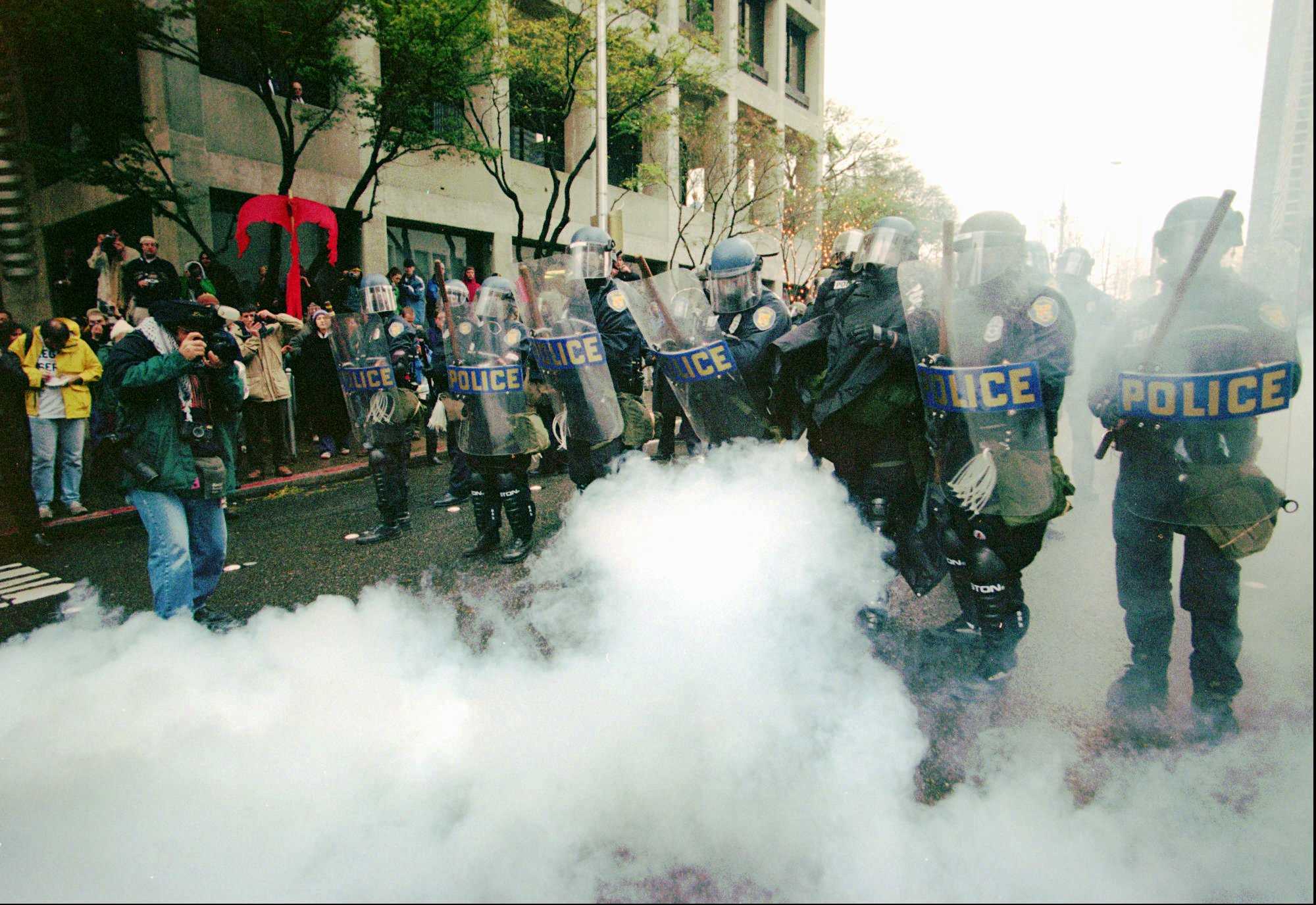
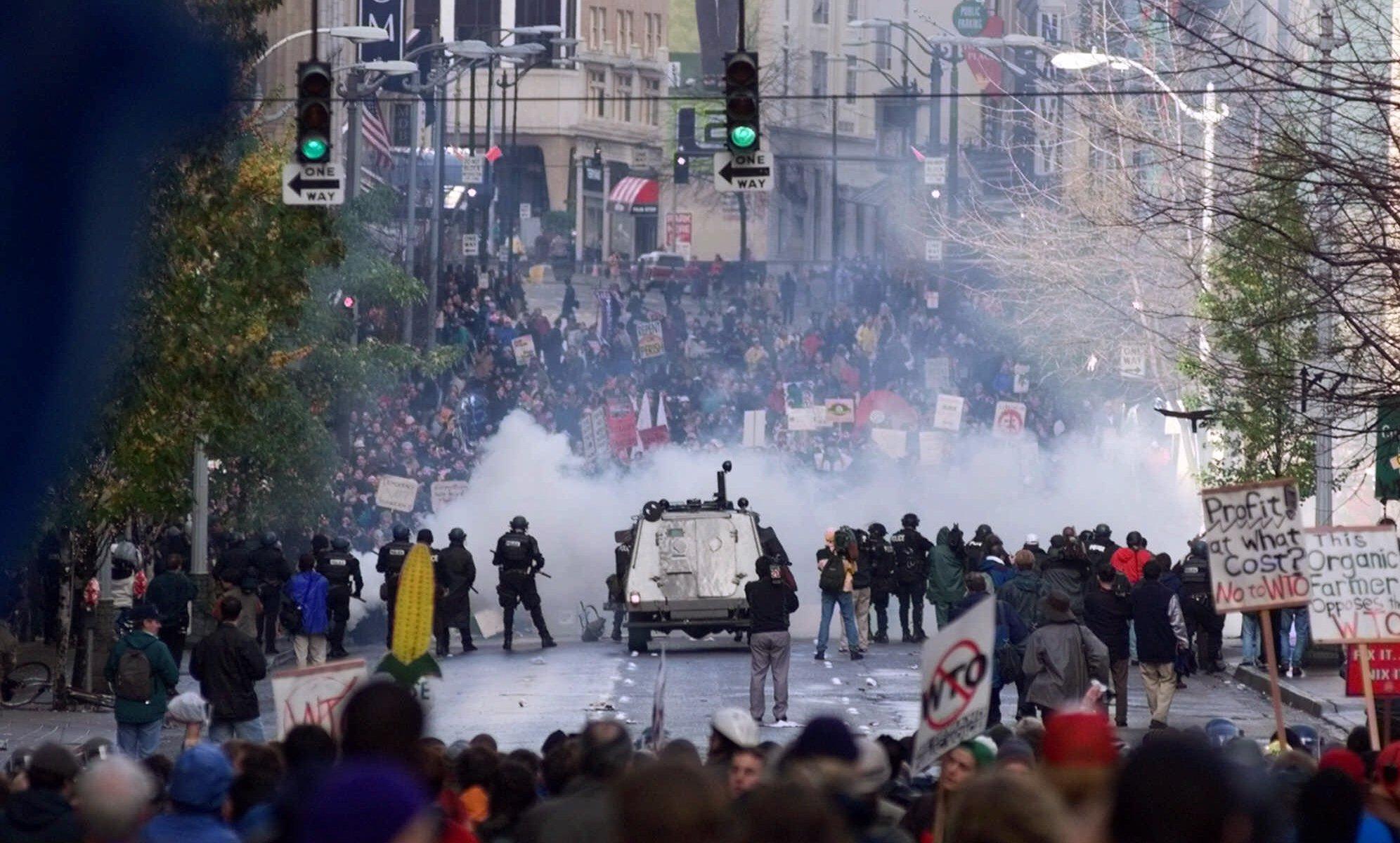
Stamper said that last year he watched Ferguson police make the same mistakes he did.
“My reaction was, ‘Please learn from my mistakes, from what I did and did not do during the week of WTO,’” Stamper said in an interview with the Los Angeles Times. “Don’t tear gas nonviolent and non-threatening protesters. And for God’s sake, don’t bring dogs out … It’s a throwback to the ‘60s and Bull Connor. The imagery sucks. It was really painful to see the images I saw from Ferguson.”
Everything changed on Sept. 11, 2001. After a terrorist attack on U.S. soil, police departments had to prepare themselves for anything and everything.
Since 9/11, the Department of Homeland Security (DHS) has given an extra $35 billion to buy new gear to “fight terrorists” and because of surplus in Iraq, law enforcement agencies have an additional $5 billion worth of 1033 gear.
Mathis said that having access to this kind of equipment is needed for departments, especially after events like 9/11 and the recent terrorist attack in Paris.
“We’re very much still in the community relation-type mode, but when these things happen — like 9/11, like they just had in Paris — we have to be ready for these things,” Mathis said. “We have to be ready to go into, so to speak, combat. We have to make sure that our law enforcement has the equipment needed to go into those types of situations.”
The key, Mathis said, is balance.
“The difficult thing is to balance that — when you are going to use those things, when you are going to deploy that type of equipment,” Mathis said. “Sometimes it’s a gamble and you’re not always going to win.”
Powell agreed and said having access to this type of equipment has aided in many situations that could have turned very dangerous and in already dangerous situations. But he said the problem is that the line where police end and military begins is getting a little blurry.
“In a riot situation a lot of times it will escalate an issue because neither side will back down,” Powell said. “A lot of departments are using things like tear gas and MRAPs for crowd control. When you start using them other than what they’re designed for, it leaves a bad taste in the civilian world’s mouth.”
A symptom of separation
Dr. Johnny Nahn is the director of TCU’s online masters program in Criminal Justice and Criminology and an Associate Professor of Criminal Justice.
Nahn said the militarization of police is really a symptom of something more in policing.
“It’s something that’s an outgrowth of police-citizen relationships that have deteriorated over the last few decades,” Nahn said. “We saw it in the Watts riots, Rodney King riots, and then more recently in Ferguson, but that’s a symptom of the separation between the police and public.”
When police separated from the community they began to view their jobs as dangerous, Nahn said.
“When you don’t know the community and you start assuming that they’re dangerous you start to develop a subculture,” Nahn said. “ You develop the mentality ‘it’s us versus them.’ When you’re outnumbered and treat people as they’re dangerous, you have to send a message that, although you’re not a lot in numbers, you have the amount of force necessary to control a population.”
Jamison said that today the military grade gear and is a tool to enforce that control.
“If you have a large group of people, you don’t know how many are carrying a gun,” Jamison said. “You have to assume, but you don’t control those and you have to prepare for that.”
Walk the walk and talk the talk
For over 30 years, politicians and law enforcement agencies have been talking, training, arming and dressing officers as if they’re deploying for combat.
Today the typical SWAT (Special Weapons and Tactics) team conducts missions dressed in the following: Lace up combat boots complete with boot knives; black, camouflage, or olive colored pants and shirts; a black balaclava hood; Kevlar helmets and vests; gas masks, knee and elbow pads, gloves, communication equipment, assault rifles and military grade weapons like the Heckler and Koch MP5 submachine gun – the preferred model of U.S. Navy Seals.
Ballistic shields, battering rams, smoke and flash bang grenades; pepper spray and tear gas are all considered standard equipment.
Battle dress like this is worn on almost daily use for tactical operations. Many times the police are indistinguishable from the military itself.
While the gear, weapons and tanks play a major role in the militarization of departments, so does the effect of all of this war talk and battle rhetoric.
While the gear, weapons and tanks play a major role in the militarization of departments, so does the effect all of this war talk and battle rhetoric.
“When local police officers are talk, train and equip themselves for war, they’re bound to act like they’re at war,” Powell said.
Police adopted military titles and the top-down structure from the beginning.
“They adopted a very paramilitary command structure where you had the sergeant, lieutenant, chief, captain, for example,” Nahn said. “You have very rigid training and that was all adopted from the military.”
Words like “ranger division,” preparing for “close quarters combat” in a “tactical environment,” “field operations,” “battle” and “war” are used everyday referring to city operations.
Mathis said that there are many officers with the mindset that they are in war.
“I think it’s a common feeling that you’re out there and on display,” Mathis said. “Your goal is to go to work and do your job, but come home. You go out there and you’re combating.”

